
Margit Rosen
Related Authors
Daniel D. Hutto
University of Wollongong
Galen Strawson
The University of Texas at Austin
B. Harun Küçük
University of Pennsylvania
Simon Werrett
University College London
Shaun Gallagher
University of Memphis
Armando Marques-Guedes
UNL - New University of Lisbon
Elena Loizidou
Birkbeck College, University of London
Alexander Nagel
New York University
Olga Palagia
National & Kapodistrian University of Athens
lissa roberts
University of Twente
InterestsView All (8)
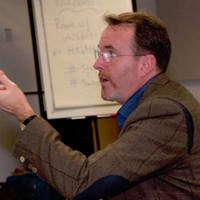
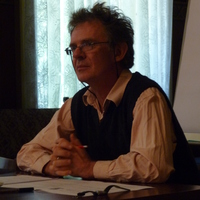
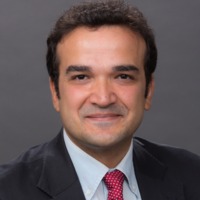



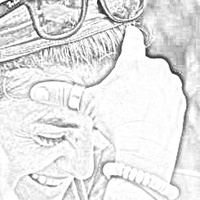

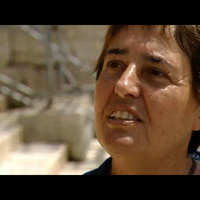
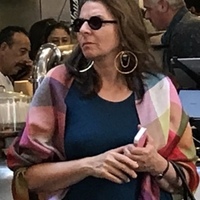
Uploads
Papers by Margit Rosen
Central to this narrative is the transition from a romantic notion of the artist to that of a knowledgeable programmer and researcher, reflecting the broader changes in the cultural and intellectual landscape. The article highlights the contribution of French theorists and artists to this dialogue, in particular the GAIV's commitment to developing visual languages rooted in programming and language theory.
Through a detailed historical overview, the article shows how these movements conceived of art as a collaborative process that seeks to apply scientific methods. The GAIV demonstrated that computers were not only tools, but also mechanisms for designing and theorising new artistic possibilities.
Central to this narrative is the transition from a romantic notion of the artist to that of a knowledgeable programmer and researcher, reflecting the broader changes in the cultural and intellectual landscape. The article highlights the contribution of French theorists and artists to this dialogue, in particular the GAIV's commitment to developing visual languages rooted in programming and language theory.
Through a detailed historical overview, the article shows how these movements conceived of art as a collaborative process that seeks to apply scientific methods. The GAIV demonstrated that computers were not only tools, but also mechanisms for designing and theorising new artistic possibilities.